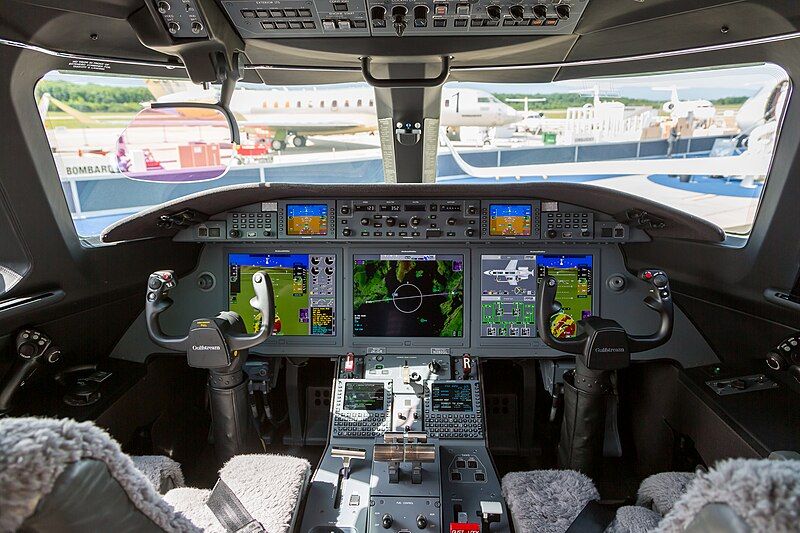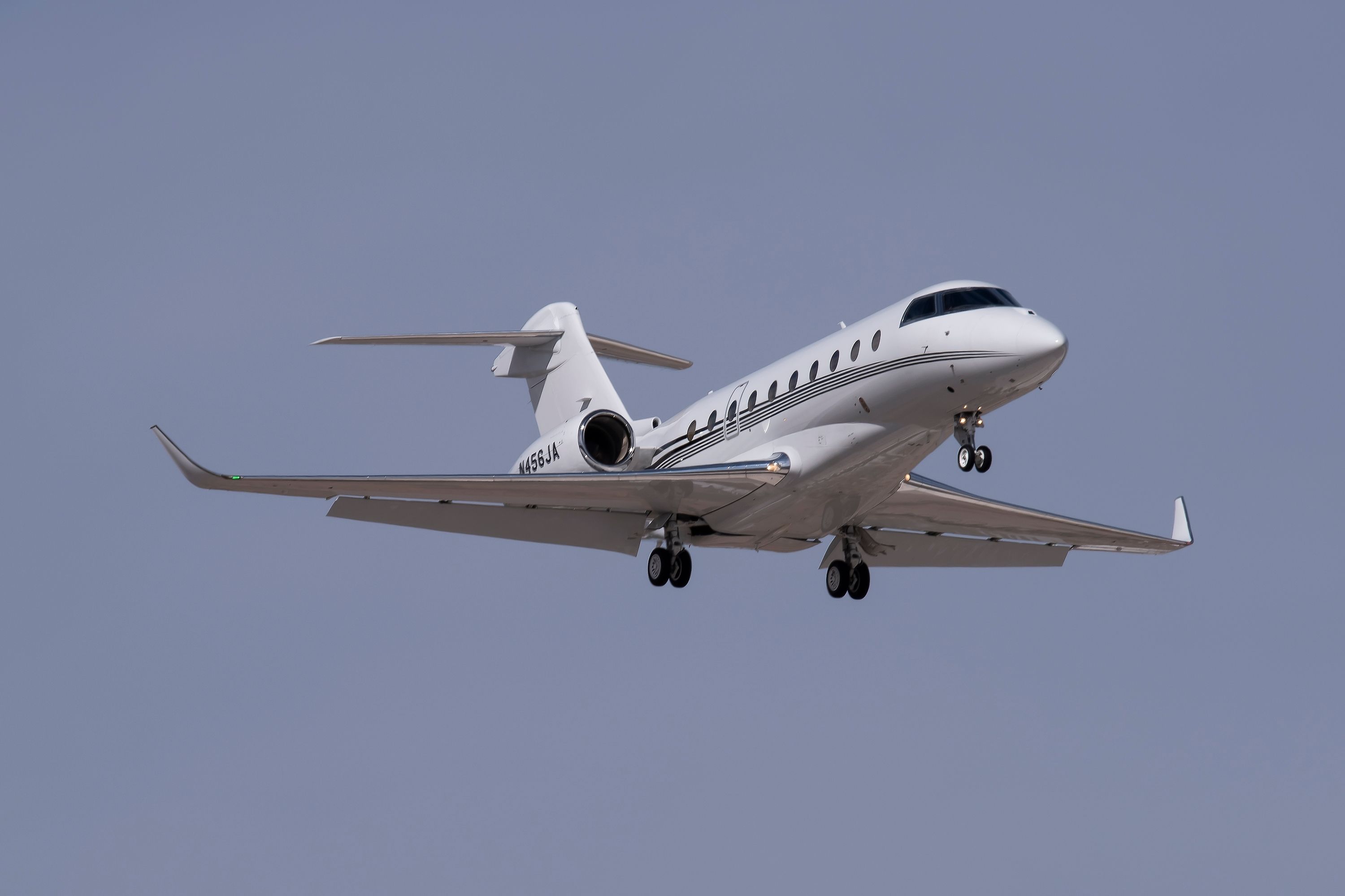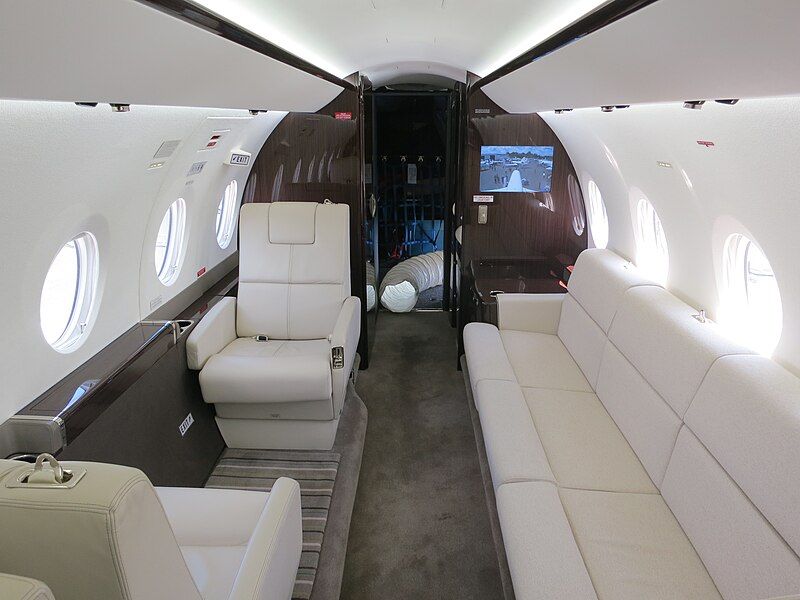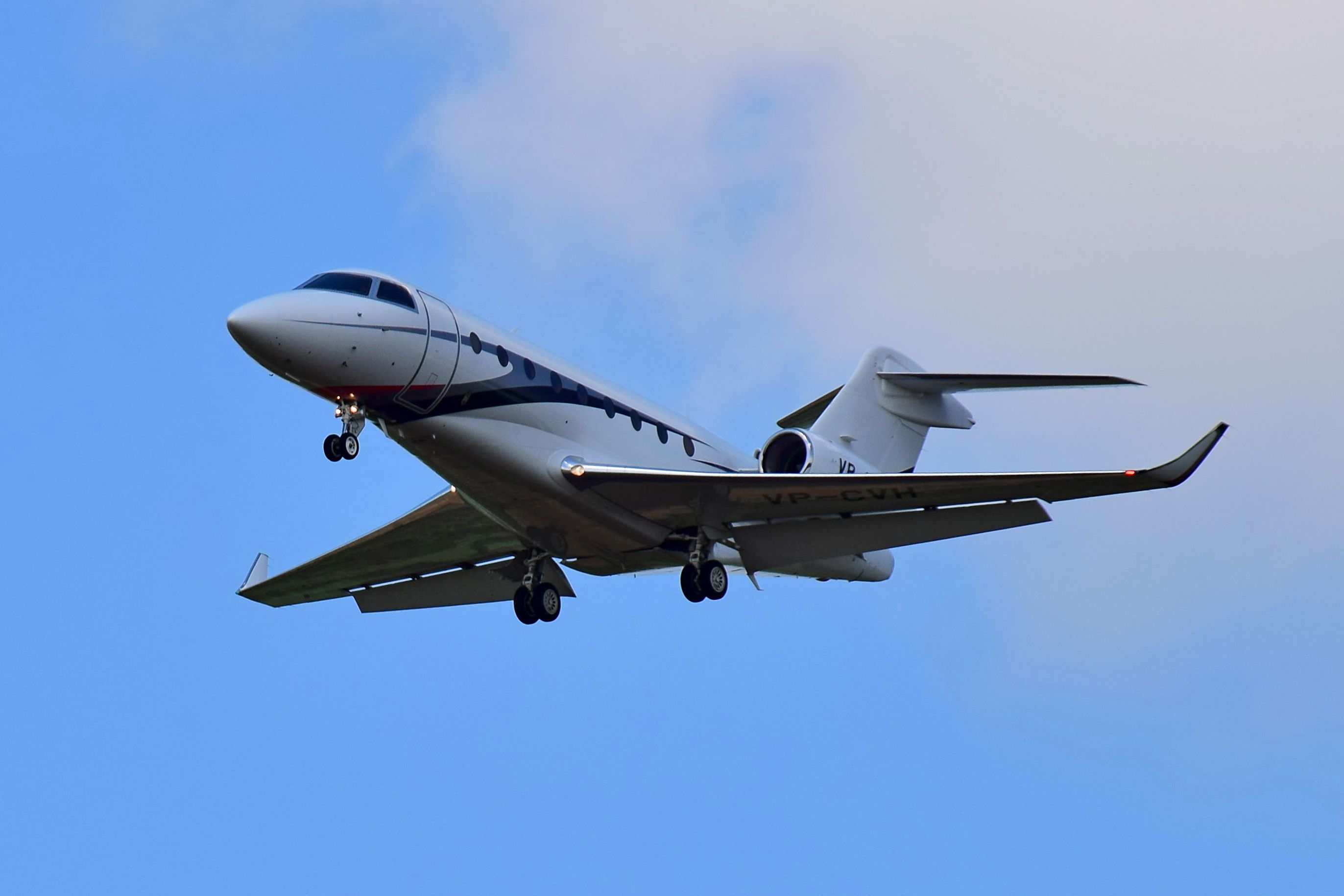Summary
- Ultimate flexibility with private jets allows travelers to fly from various airports.
- Gulfstream G280 offers a unique avionics system, newly designed wings, and long-range capabilities.
- The G280’s large cabin size accommodates up to 10 passengers and has upgraded engines for high performance.
Travelers who have the ability to fly privately are treated to the ultimate flexibility. These travelers can utilize private jets, which are typically smaller than commercial airlines. This allows travelers to fly from a wide variety of airports, as the business jet can take off and land on shorter runways. This opens up many airports that are not accessible by commercial flights. The traveler can also depart from their destination whenever they please and would not have to be confined to scheduled commercial flights.

Related
Exploring The Market: 5 Midsized Business Jets
Some of these jets are no longer in production.
There are a wide variety of business jets that travelers can utilize. These range from very light business jets, which may hold up to six passengers and fly around 1,000 nautical miles (1,150 miles), to ultra-long-range business jets, which can hold 19 passengers and fly nearly 8,000 nautical miles (9,206 miles). In the middle of this range is the super mid-size business jet.
One of the most popular business jets in this class is the legendary Gulfstream G280. This aircraft is the smallest business jet that Gulfstream currently produces. However, the design of the aircraft itself is owned by Gulfstream, yet the aircraft is manufactured by Israel Aerospace Industries (IAI) in Tel Aviv, Israel. The completed airframe is then ferried to Dallas, Texas, where it is completed. Let’s take a closer look at some of the unique features of this Gulfstream business jet.
1
Unique avionics system
The aircraft utilizes a glass cockpit avionics suite.
Specifically, the Gulfstream G280 comes with the Rockwell Collins Pro Line Fusion Advanced Avionics system. This specific avionics suite utilizes the PlaneView280 flight deck. This avionics system also comes with the Enhanced Flight Vision System (EFVS), which allows pilots to land without natural vision. It is primarily used in low-visibility conditions. This is accomplished through the system’s Synthetic Vision-Primary Flight Display. This display also features 3D graphics of terrain and runways, which improves the pilot’s situational awareness.
The avionics system also features:
- Integrated flight information system (IFIS)
- Synoptics
- XM Satellite weather
- Head-up display guidance
- Surface management system
2
Newly designed wings
The G280 uses a wing based on the Gulfstream G550’s wing.
The Gulfstream G280 was originally developed from the G200, which was originally called the Astra Galaxy when it was built by Galaxy Aerospace. When Gulfstream and Israel Aerospace Industries (IAI) began to develop an upgraded aircraft, one of the main features they wanted to improve on was the private jet’s wing.
The new wing was based on the airfoil of the Gulfstream G550’s wing. It was approximately 130 square feet larger than the Gulfstream G200’s wing. Another main feature of the wing was the addition of wing anti-ice, which uses engine bleed air. The wing is currently manufactured by Triumph Group and shipped to Israel where it is assembled.
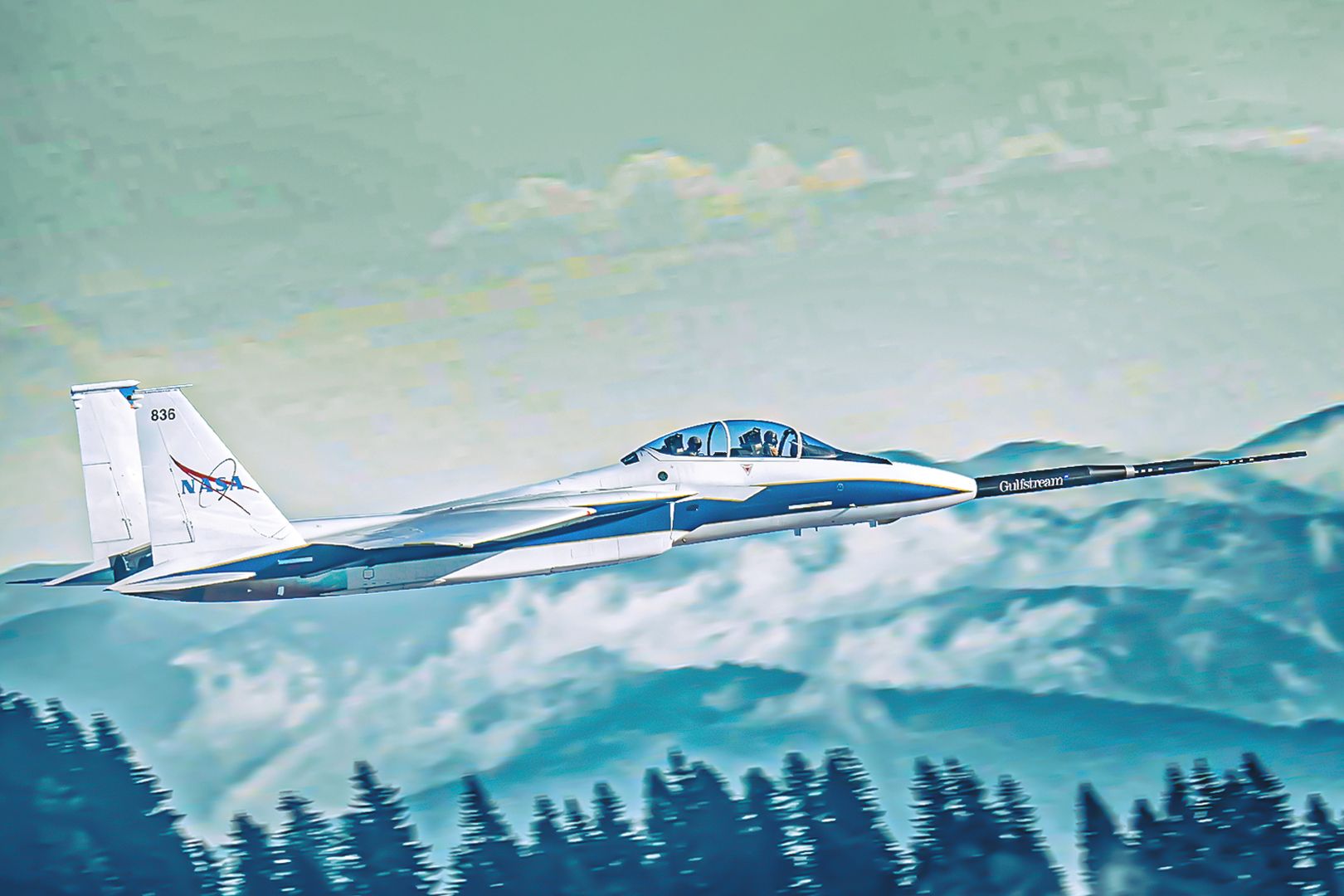
Related
Supersonic Business Jet Travel: When Gulfstream And NASA Researched Sonic Booms
A review of the promising results from the supersonic flight tests.
3
Long-range capabilities
The G280 can fly up to 3,600 nautical miles (4,142 miles).
With the addition of a larger wing, Gulfstream increased the G280’s range by an additional 200 nautical miles (230 miles). This is even more impressive due to Gulfstream removing the rear fuselage fuel tank. This added about 17 inches of interior space inside the cabin.
Photo: Robin Guess | Shutterstock
The G280 can fly about 3,600 nautical miles (4,142 miles). This is sufficient to reach anywhere in the United States without stopping. The aircraft can also fly to a flight ceiling of 43,000 feet. The newly updated airfoil also improved the aircraft’s cruise speed, as it can now reach cruise speeds of around Mach 0.80 (593 miles per hour).
4
Large cabin size
The super-mid-sized jet has nearly 1,000 cubic feet of space in the cabin.
As previously mentioned, when Gulfstream designed the G280, it included the addition of a larger wing. The larger wing can hold more fuel than previous variants. However, this also meant that Gulfstream was able to remove fuel tanks that were located in the rear fuselage, as the aircraft could maintain its range with just the fuel tanks in the wings.
The removal of the fuel tanks extended the cabin space by about 17 inches. The G280’s cabin has the following measurements.
- Cabin length: 25 feet ten inches
- Cabin width: Six feet eleven inches
- Cabin height: Six feet one inch
The G280 can fit up to ten total passengers with a maximum payload of 4,050 pounds. It has 120 cubic feet of space for baggage for ten passengers. The large cabin can fit five passengers in a sleeping configuration. The customizable cabin also includes a fully-equipped galley and a lavatory that features two windows and a closet. The G280 comes with 19 of the signature Gulfstream ovular windows.
5
Upgraded engines
The G280 utilizes two HTF7250G engines.
Another major improvement from the G200 to the G280 was the new engines Gulfstream utilized. The G280 features two Honeywell HTF7250G turbofan engines. These each provide over 7,600 pounds of thrust, which is about 1,500 more pounds of thrust than each engine on the G200 had.
Photo: Anton Volynets | Shutterstock
These powerful engines help the aircraft reach the following performance specifications:
- High-speed cruise: Mach 0.84
- Long-range cruise: Mach 0.80
- Maximum speed: Mach 0.85
The high-thrust engines also help the aircraft take off remarkably quickly. The G280 only requires 4,750 feet of runway to take off. Each of the two rear-mounted engines burns approximately 900 pounds of fuel per hour.


